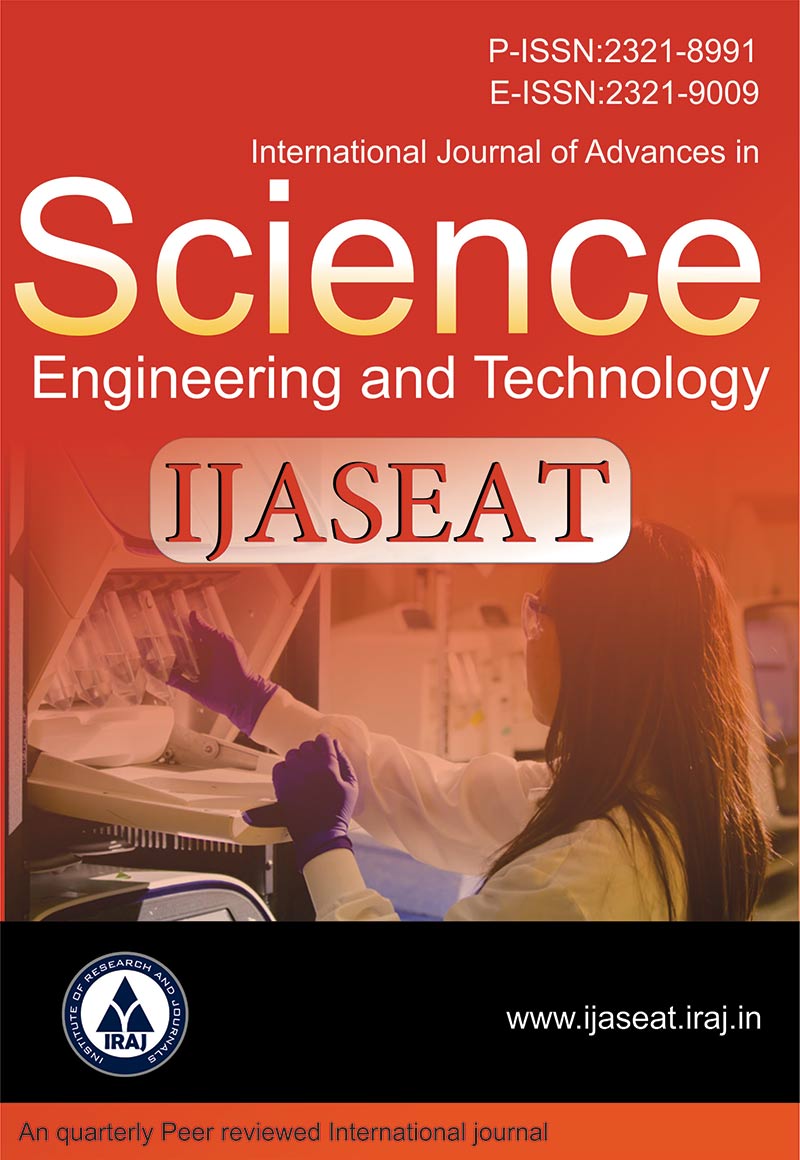Publish In |
International Journal of Advances in Science, Engineering and Technology(IJASEAT)-IJASEAT |
 Journal Home Volume Issue |
||||||||
Issue |
Volume-7,Issue-3 ( Jul, 2019 ) | |||||||||
Paper Title |
Assessment of Agroclimatic Variability Effect on Land Suitability to Cultivate Rubber (Hevea Brasiliensis) in Peninsular Malaysia | |||||||||
Author Name |
Mohd Hafiz Mohd Hazir, David Galbraith, Emanuel Gloor, Radhiah Abdul Kadir | |||||||||
Affilition |
Ecology and Global Change, School of Geography, University of Leeds, Leeds LS29JT, UK Malaysian Rubber Board, 50450 Kuala Lumpur, Malaysia | |||||||||
Pages |
60-64 | |||||||||
Abstract |
There is a doubt on how well rubber will perform in future because of climate change. The climate condition will change and it will impact on land suitability to cultivate rubber. Tropical rainforest climate is well known as humid and dry thus suitable to plant rubber commercially. The question of viability rubber to be planted in Malaysia in future need an answer. The rubber production in Malaysia is depending on smallholders. Smallholders contribute approximately 93% of natural rubber production and owned 93% of total rubber area. Agroclimatic map produced in this study will definitely help smallholders to make a decision either to proceed with rubber or change to others valuable crop based on site specific location. In this study we evaluate 21st century of land suitability to cultivate rubber and assess growth performance based on climatic data of Historical (1970-2000), Early (2000-2040), Middle (2040-2070) and End (2070-2100), respectively. We used Static model of Hevea 1.0 for rubber tree modelling to calculate the agroclimatic indices and estimate 30 years’ rubber growth (girth) for all study period. We found that climate change is predicted gave a good impact on rubber-suitability in Peninsular Malaysia at least until 2100. Keywords - Rubber,Agroclimatic,Climate Change, Static Model | |||||||||
| View Paper | ||||||||||